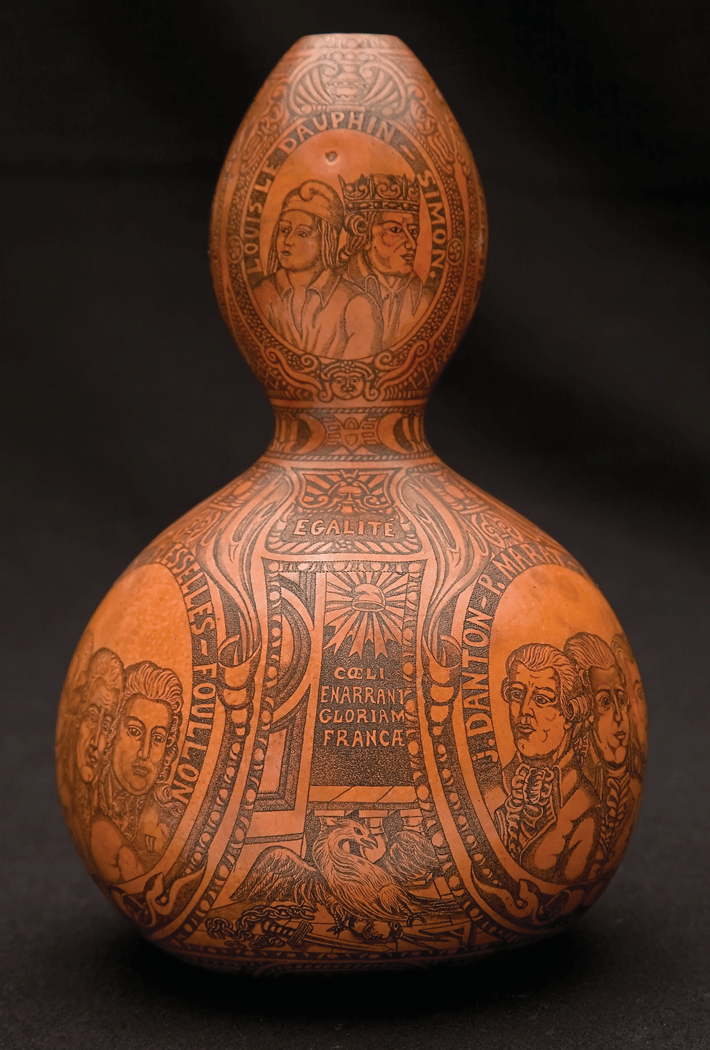
BURGOS, SPAIN—A controversial new study reported in Science News claims that two species of human ancestors are present at the nation of Georgia’s site of Dmanisi. The partial skeletons, which display disparities in several skeletal features, including jaw sizes, had all been categorized as Homo erectus individuals living some 1.8 million years ago by the excavators. But a team led by José María Bermúdez de Castro of the National Research Center on Human Evolution claims that small-jawed individuals were related to early African Homo populations, while the larger-jawed individuals belonged to Homo georgicus that lived at the site several hundred thousand years later.









